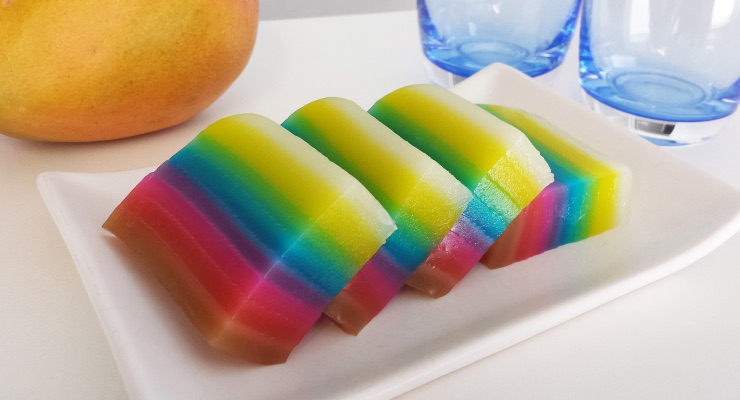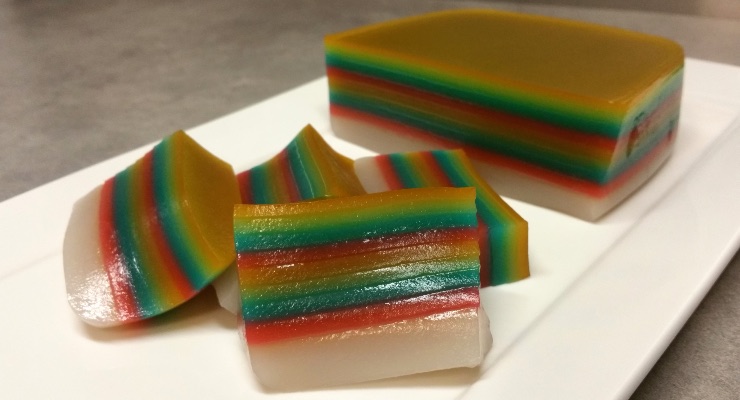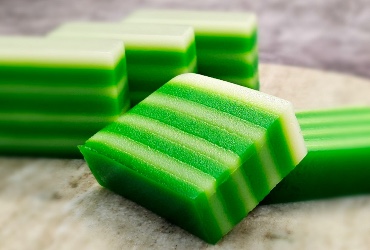
Kuih Lapis
Kuih Lapis, a vibrant and layered confection, is a cherished dessert in Singapore, Malaysia, and Indonesia. This eye-catching treat is not only delectable but also represents an important cultural emblem in these Southeast Asian nations. This article delves into the rich history, cultural relevance, and lasting charm of Kuih Lapis in the area.
The exact origins of Kuih Lapis are difficult to pinpoint, but it is widely believed to be a result of cultural influences from several different regions, primarily within Southeast Asia. The layered treat likely grew and transformed through the exchange of cooking methods and components among diverse communities in the area. The spread of the recipe and its many adaptations across countries such as Indonesia, Malaysia, and Singapore may have been facilitated by trade and migration.
Each country in the region has its unique version of Kuih Lapis, reflecting local ingredients, flavours, and cooking techniques. For instance, the Indonesian steamed Kuih Lapis, known as Kue Lapis or Kue Lapis Beras, features natural colourings and flavours from ingredients like pandan leaves, while Malaysian and Singaporean variations might include pandan flavouring as well. The distinct versions of Kuih Lapis showcase the diverse culinary heritage of these Southeast Asian countries.
Kuih Lapis continues to develop, with contemporary recipes featuring modern flavours and ingredients, such as chocolate, coffee, or matcha. As the dessert's popularity grows worldwide, innovative dishes that merge traditional Kuih Lapis with other global cuisines are also becoming increasingly common.

To uphold the cultural legacy of Kuih Lapis, it is crucial to preserve age-old recipes and methods. Numerous families pass down their recipes through generations, ensuring the dessert's cultural continuity. Recently, there has been a growing interest in protecting and promoting Kuih Lapis as a regional gem, with cooking schools and workshops dedicated to teaching the art of creating the dessert.
Kuih Lapis occupies a unique place in the hearts of those from Singapore, Malaysia, and Indonesia. As a symbol of unity, harmony, and cultural diversity, the dessert serves as a potent reminder of the area's shared heritage. By safeguarding the tradition of Kuih Lapis and embracing its modern adaptations, we can continue to honour the rich culinary history of Southeast Asia and the role that food plays in connecting individuals to their origins and customs.


